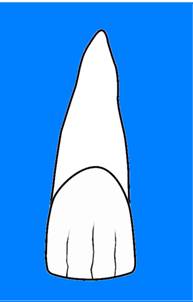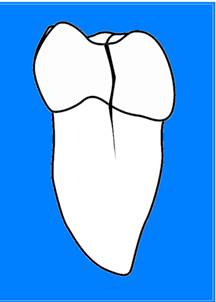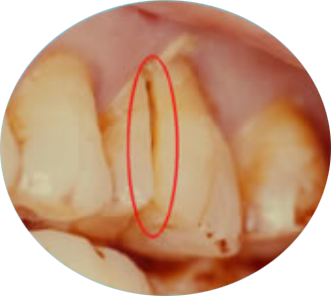

Cracked teeth is the presence of a crack(s) in a tooth that goes down to the dentine or even the pulp. It is most frequently occurred at the lower molars and upper premolars.



A tooth may crack due to a crash or excessive stress, for example:
An accident, such as fall, traffic accident or sport injury.

Severe tooth decay

You may have sensitivity or sharp pain on eating, because when you bite down on a cracked teeth the pressure of biting causes the crack to open, the pulp inside the tooth may become irritated. However, the pain disappears quickly when you stop eating or chewing or use the other side of your mouth. At the initial stage, such problems occur occasionally, but if the crack extends into the pulp, pain may arise continuously.
If you suspect of having a cracked teeth, you should go to see your dentist as soon as possible. The dentist will determine which tooth is causing the problem and determine the best treatment for it.